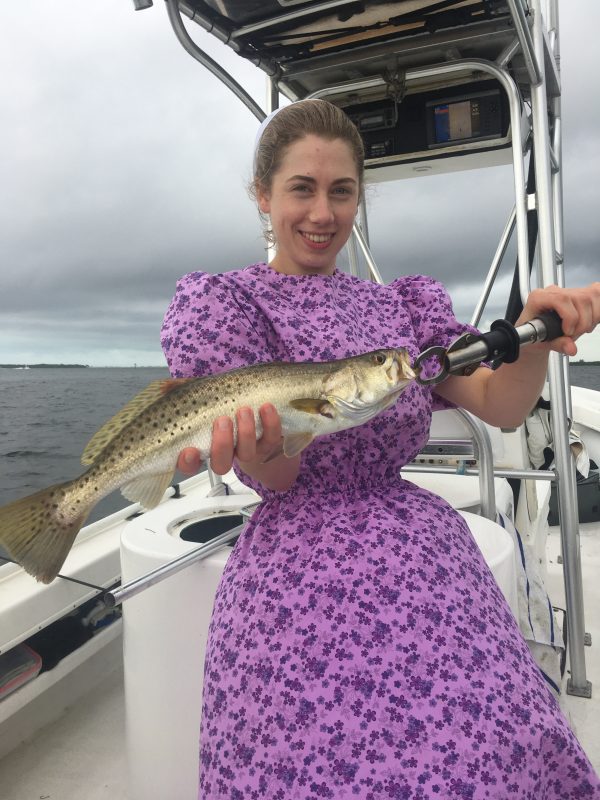Prior to Tropical Storm Nestor, fishing around Anna Maria Island was proving to be as good as it gets. With numerous days of no rain and no wind, the inshore and offshore waters were pristine. But the storm put a damper on the quality and quantity of fish.
Catch-and-release species — snook, redfish and spotted seatrout — were taking baits readily. Other inshore species — ladyfish, jack crevalle and bluefish — were in abundance and feeding heavily.
Fishing structure in Tampa Bay was yielding limits of mangrove snapper, as well as many Spanish mackerel and some gag grouper.
Offshore fishing was following suit, with limits of red grouper being caught, as well as many mangrove and yellowtail snapper.
Migratory species making a good showing —kingfish, cobia and amberjack were among the usual suspects.
Then conditions changed, which changed the bite.
Not that the bite has been bad. It just changed with the weather patterns.
Strong winds and heavy rains can stir up the waters making them cloudy and muddy. Such conditions can be less than favorable for fishing, although things always get better.
A few calm days in between the brief cold fronts we are experiencing will have things back to normal quicker than you think. Don’t forget: November can offer some of the area’s best fall fishing.
On my Southernaire charters, I’m taking advantage of the abundance of spotted seatrout on the deeper grass flats in Tampa Bay. Although catch-and-release, these fish are popular to hook and provide a consistent bite.
Catch-and-release snook fishing also is quite good. Schooley-sizes fish — 20-26 inches — are in good numbers and are feeding heavily in preparation for the cooler days to come.
For folks looking for a meal, I’m targeting Spanish mackerel and mangrove snapper around structure in Tampa Bay. I’m also seeing some jack crevalle and ladyfish mixed in with the mackerel bite, adding variety to the catch.

